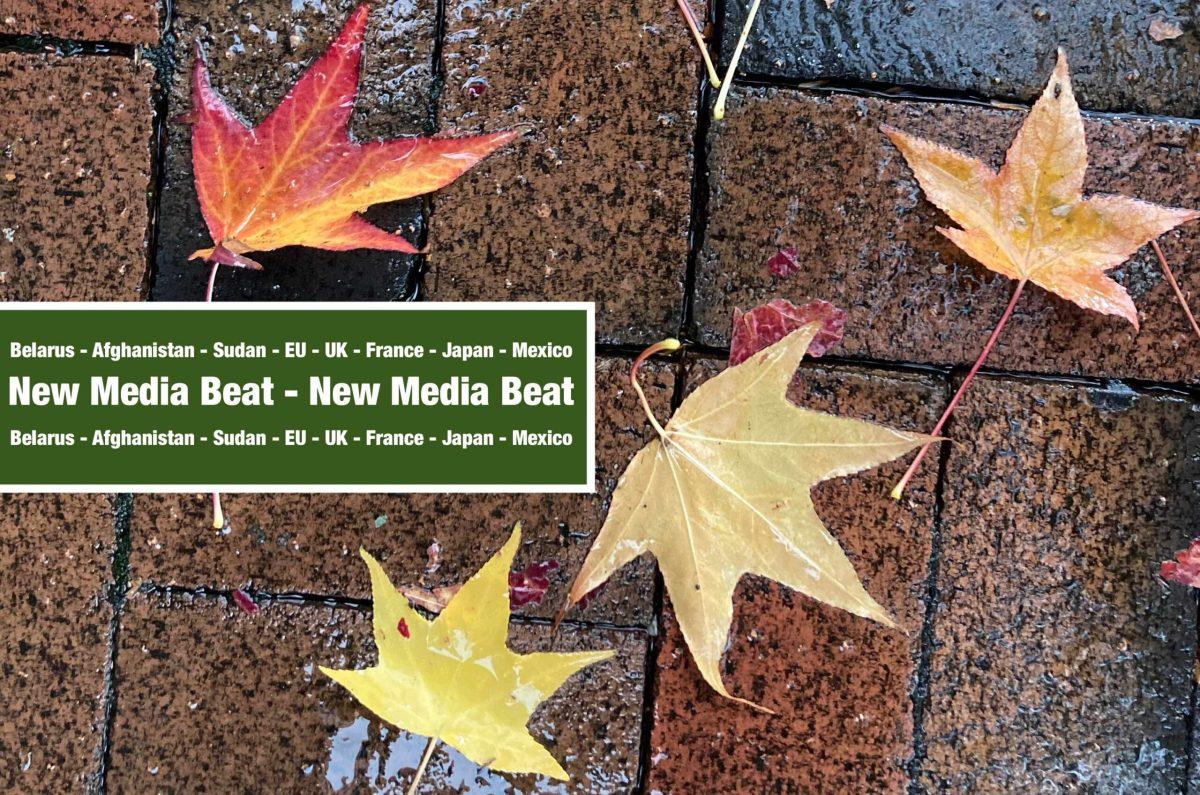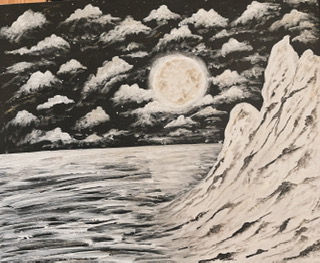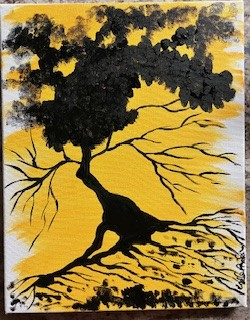T. Rex: The Ultimate Predator and The Nature of Color are now back on display at The American Museum of Natural History after the museum’s longest closure in it’s 150 plus year history. Both exhibits only being shown for a few brief days in March visitors can now come back and see it safely.
T. Rex: The Ultimate Predator shows the T. Rex family tree of dozens of different species spanning over 100 million years of evolution, finally ending with the Tyrannosaurus rex. The lifespan of a tyrannosaurus rex from birth to adulthood is also displayed. Stunning to scale models of each stage of life are looked at and explained; showing how the T. rex went from a weakling to an apex predator.
In the exhibit you learn that from ages 0-1 the death rate of a T. rex was above 60%. A little known fact since people are more interested in adults aged 2-13 (where the death rate is only 2-7% per year). Also the feather cladded dinosaurs were similar to crocodiles in parenting; being able to carry their young in their sensitive mouths.

While an educational and visually appealing exhibit it is unfortunately hindered by the coronavirus. The interactive parts of the exhibit and touch screen monitors are all blocked off so you cannot touch them to spread germs. Among that the virtual reality paleontology exhibit is off limits as well. The exhibit will be displayed until Spring 2021.
The other special new exhibit is The Nature of Color, a powerful chromatic display of everyday beauty. Living examples such as iridescent Frog-legged leaf beetles add a marvelous touch, interesting not only the kids but adults viewing. The exhibit is divided into different colored rooms, giving the history of each with enigmatic examples.
Huge moths, praying mantis’ and field mice invade your vision in the Color of Nature room. You’ll be wowed by the amount of detail the museum puts into it’s models. And read that “animals use color to hunt, hide, attract mates and more…the ability to make color, and to see colors has evolved in countless species and has become essential to their survival.”
Viewing the exhibit you’ll learn that light has a wavelength, and the distance between wavelength peaks is what we perceive as color. “Most electromagnetic waves are invisible. But light waves between about 400 and 700 nanometers (billionths of a meter) long can be detected by your eyes.” In this exhibit you’ll perceive all the main colors and learn the history behind them. The Nature of Color will be available until August 8th, 2021.

Although not allowed to use touch screens at the museum if you have a phone with internet you can still interact and play a fun quiz that’s projected on one of the walls in this exhibit.
Both special exhibits are definitely worth viewing and will keep you interested and educated at the same time. If in Manhattan try to stop it while they’re still there.































